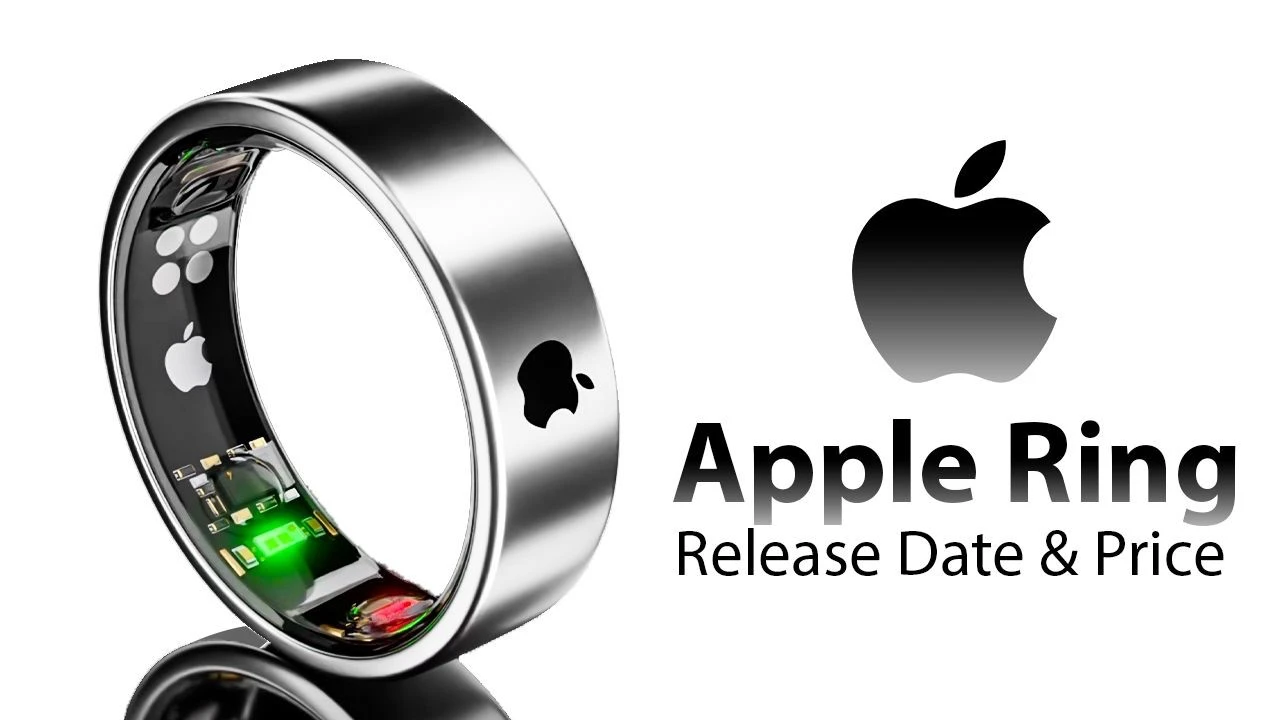
Artificial Intelligence , or AI, is revolutionizing the industrial world from health to entertainment. While its technological progress makes all things new and bright, its training raises the ethics, which include, in part, how the use of copyrighted texts in their preparation and training affects this revolution. While these models process huge amounts of data to learn patterns and can even generate content, using such models to train them without permission on copyrighted material creates severe ethical issues.
Nonetheless, the development of AI should respect intellectual property and creative work that affects an individual's life. Training AI feeds large datasets, thus learning to perform specific tasks like generating text, translating languages, or answering questions. Many AI models, including language models such as GPT , are trained on enormous collections of text taken from books, websites, and other written sources.

Yet a great portion of that text is copyrighted, meaning it is legally protected by the creator's rights. Such creators—authors, journalists, and artists—must rely on copyrights to ensure the protection of their creations so that they are not used without permission or fair compensation. The problem is using copyrighted material without seeking the pertinent licenses or approvals while these datasets are being developed.
While AI corporations might say that it's a matter of incidental usage, under the doctrine of "fair use," ethics surpass legal matters. A point legally in place might not be ethical. The first ethical problem related to using copyrighted text in AI training concerns creator rights.
Copyright is established to protect and compensate the creative labor force that gives birth to a work of creativity. This reason behind their nonpayment has a cause: the denial to use one's labor through permission. Further, AI models trained on copyrighted material sometimes produce works that have a very strong resemblance to them.
In such scenarios, a work may look similar to what the original creators present before the public, so intellectual theft could also be identified. The creators behind the texts fed into these models may never receive any reward or compensation , even though their work constitutes a huge input that leads to these machines' capabilities. One major problem, which is not transparent, relates to how those AI models are built through training.
Many companies constructing AI models do not refer audiences to the sources used during system training. This lack of transparency makes it difficult for individuals to know whether their work has been used in training an AI model. The absence of consent undermines trust in the AI industry and raises questions about how ethical AI development is.
Another way that this limits innovation is by the unlicensed use of copyrighted work. If the AI models are allowed to use copyrighted content without permission, it would flood the market with AI works that closely mirror the style or ideas of the original creators. This would make human creators less likely to produce new work because AI stole their ideas.
Furthermore, training AI on copyrighted works without permission from the authors or producers reduces creative diversity. Instead of encouraging an influx of diverse voices and thoughts, AI might only be so limited to what it is fed, reflecting a shallow content scope. It would prevent AI from being innovative by being dependent on pre-existing material, and indeed, it is much harder for AI to contribute to the broader culture of creativity and innovation.
This approach toward AI development with a feeling of responsibility will help AI evolve as society requires it. Companies developing such technologies, especially those concerning AI technologies, should respect the intellectual property rights of creators and seek permission from the authors before using their work on the models. Transparency is important to ensure that these creators have the right to know how their work will be used.
Standardizing regulation and guidance around the responsible use of AI in practice can serve as solutions for these moral dilemmas: simply compensating content-creating people whose creative work has been used within AI model training and finding accountability measures by data aggregation holders and further developers. This would raise broader ethical implications from individual creators to the creative landscape. AI models must be ethically trained in a manner consistent with maintaining the balance of technological innovation and protection of intellectual property.
The rise of AI comes with both numerous opportunities and significant challenges. As AI becomes increasingly integrated into various industries and everyday life, it is essential to address the ethical questions surrounding its development. While there may be short-term benefits to using copyrighted materials without permission for training AI models, this practice undermines the rights of creators and compromises the integrity of the creative process.
By prioritizing ethical practices and respecting intellectual property, the AI industry can foster an environment of trust, creativity, and fairness for everyone involved..















